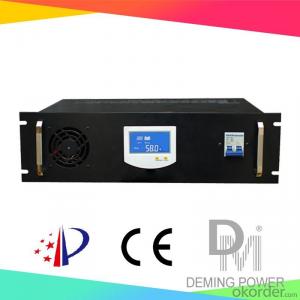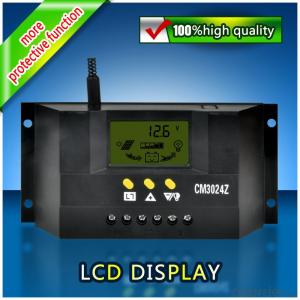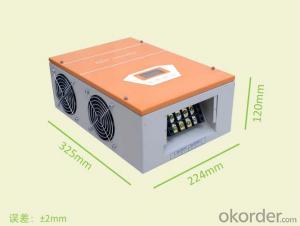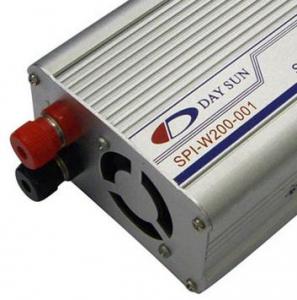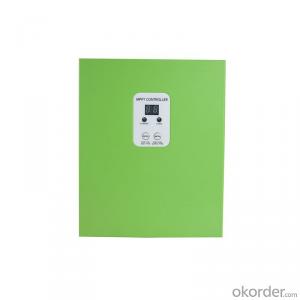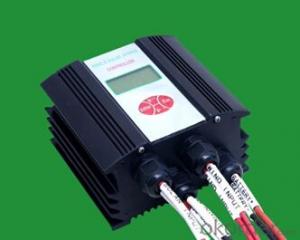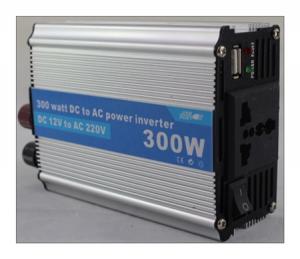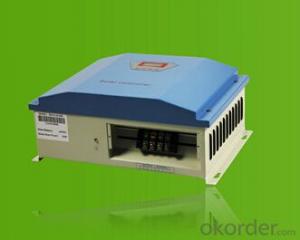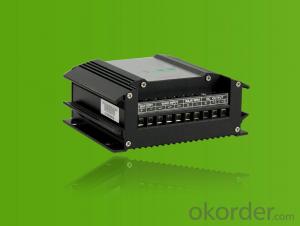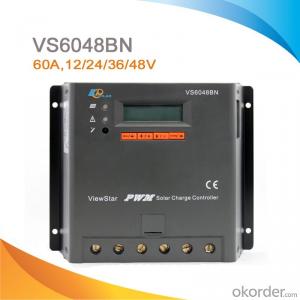All Categories
- - Steel Wire Rod
- - Steel Coils
- - Steel Profiles
- - Steel Pipes
- - Stainless Steel
- - Tinplate
- - Special Steel
- - Steel Sheets
- - Steel Rebars
- - Steel Strips
- - Hot Rolled Steel
- - Cold Rolled Steel
- - Pre-painted Steel
- - Seamless Steel Pipe
- - Welded Steel Pipe
- - Hollow Steel Tubes
- - Galvanized Pipe
- - Stainless Steel Coil
- - Stainless Steel Sheet
- - Stainless Steel Plate
- - Stainless Steel Strips
- - Electrolytic Tinplate Coil
- - Electrolytic Tinplate Sheet
- - Stainless Steel Rebars
- - Solar Panels
- - Solar Water Heater
- - Solar Related Products
- - Solar Inverter
- - Solar Cells
- - Solar Light
- - Solar Energy Systems
- - Solar Controllers
- - Solar Mounting System
- - Solar Pump
- - Solar Chargers
- - Fiberglass Chopped Strand
- - Fiberglass Mesh Cloth
- - Composite Pipes
- - FRP Pultrusion Profiles
- - Fiberglass Mat Tissue
- - Fiberglass Fabrics
- - Fiberglass Mesh
- - Composite Tank
- - Fiberglass Mesh tape
- - Polymer
- - FRP Roofing Panel
- - Fiberglass Roving
- - Monolithic Refractories
- - Ceramic Fiber Products
- - Refractory Bricks
- - Raw Materials For Refractory
- - Suspended Platform
- - Cranes
- - Concrete Machinery
- - Earthmoving Machinery
- - Building Hoist
- - Road Building Machinery
- - Plastic Pipe Fittings
- - Plastic Tubes
- - Plastic Sheets
- - Agricultural Plastic Products
- - Plastic Nets
 All Categories
All Categories
Q & A
What is the maximum temperature a solar controller can withstand?
The maximum temperature a solar controller can withstand typically varies depending on the manufacturer and model. However, most solar controllers are designed to withstand temperatures up to 60 to 70 degrees Celsius (140 to 158 degrees Fahrenheit).
Are solar controllers weatherproof?
Yes, solar controllers are typically weatherproof. They are designed to withstand various weather conditions such as rain, snow, and extreme temperatures. This ensures their durability and reliable operation in outdoor environments.
How does a solar controller handle battery charging efficiency optimization?
A solar controller handles battery charging efficiency optimization by managing the flow of energy from the solar panels to the batteries. It regulates the charging process to ensure that the batteries receive the optimal amount of energy without overcharging or undercharging. The controller monitors the battery voltage and adjusts the charging parameters accordingly, such as adjusting the charging current and voltage levels. This optimization helps maximize the battery's lifespan and overall charging efficiency.
How do I connect a solar controller to a solar-powered government building?
To connect a solar controller to a solar-powered government building, follow these steps:
1. Identify the appropriate location for the solar controller installation, preferably near the existing solar panels or the building's main electrical panel.
2. Ensure that the solar controller is compatible with the building's solar power system and meets the required specifications.
3. Carefully read and understand the solar controller's installation manual and guidelines provided by the manufacturer.
4. Turn off the power supply to the building or the specific solar panel circuit before proceeding with the installation.
5. Connect the solar controller to the solar panel array by following the manufacturer's instructions. This typically involves connecting the positive and negative wires from the panels to the corresponding terminals on the solar controller.
6. Install any necessary fuses or circuit breakers as per the solar controller's specifications and local electrical codes.
7. Connect the solar controller to the building's electrical panel or battery bank, again following the manufacturer's instructions. This usually involves connecting the output wires from the solar controller to the appropriate terminals in the electrical panel.
8. Double-check all connections to ensure they are secure and properly tightened.
9. Restore power to the building or solar panel circuit and verify that the solar controller is functioning correctly by monitoring the system's performance and any display or monitoring features provided by the solar controller.
10. Regularly inspect and maintain the solar controller to ensure optimal performance and make any necessary adjustments or repairs as needed.
It is essential to consult with a professional electrician or a certified solar installer to ensure a safe and successful installation, especially for larger or more complex solar power systems.
Wholesale Solar Controllers from supplier in Grenada
We are a Solar Controllers supplier serving the Grenada, mainly engaged in the sale, quotation, and technical support services of various Solar Controllers products in the Grenada region. We are a subsidiary platform of the Fortune Global 500 company CNBM, able to provide you with one-stop Solar Controllers procurement services in the Grenada. Not only do we have a wide range of Solar Controllers products, but after years of market development in the Grenada, we can also provide valuable experience for your projects.
